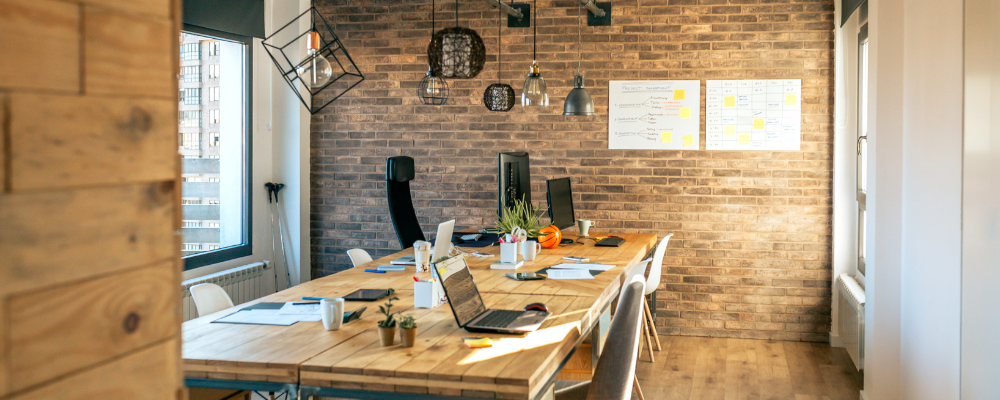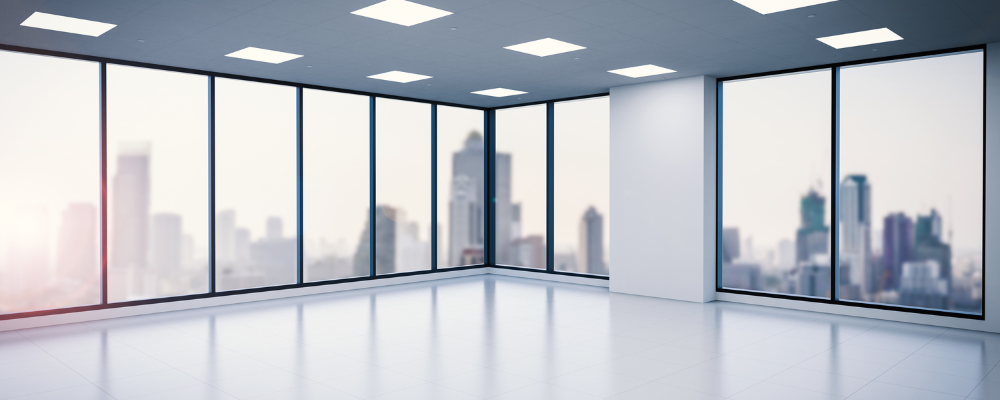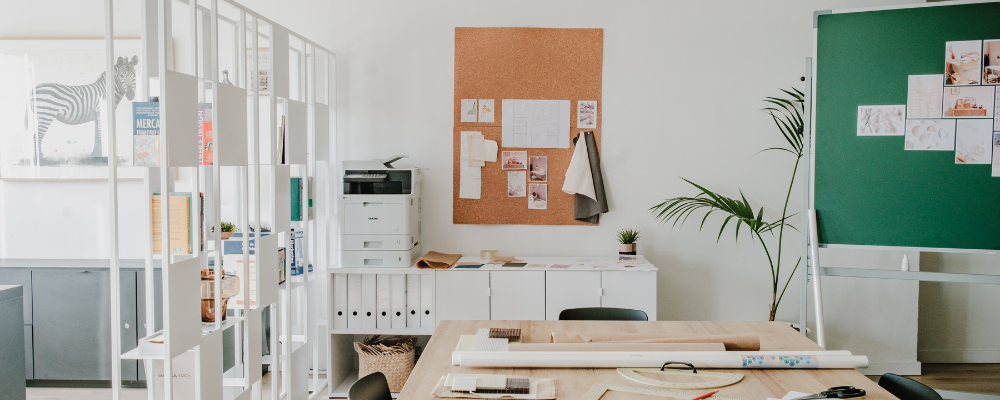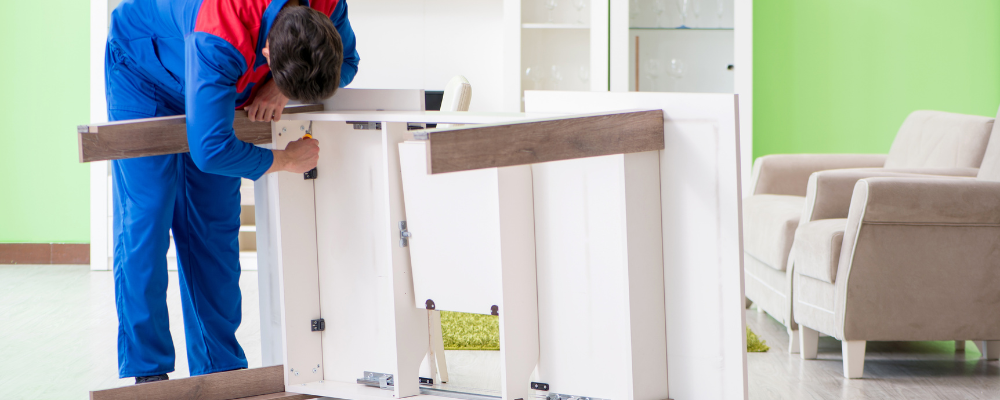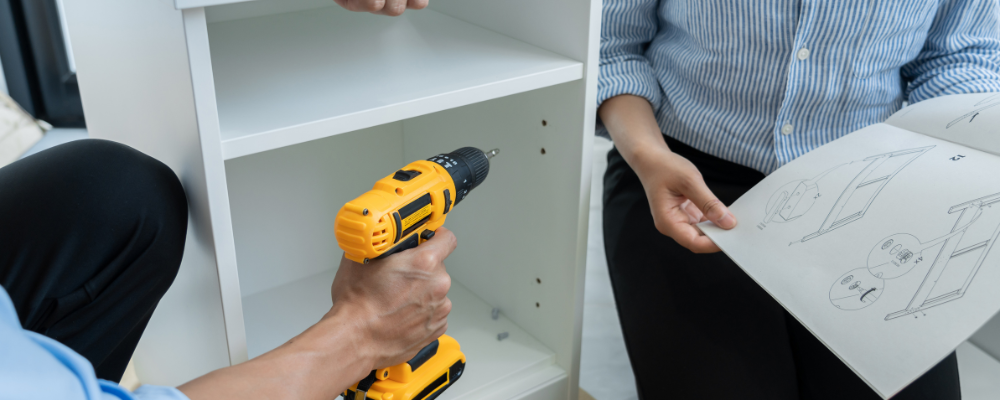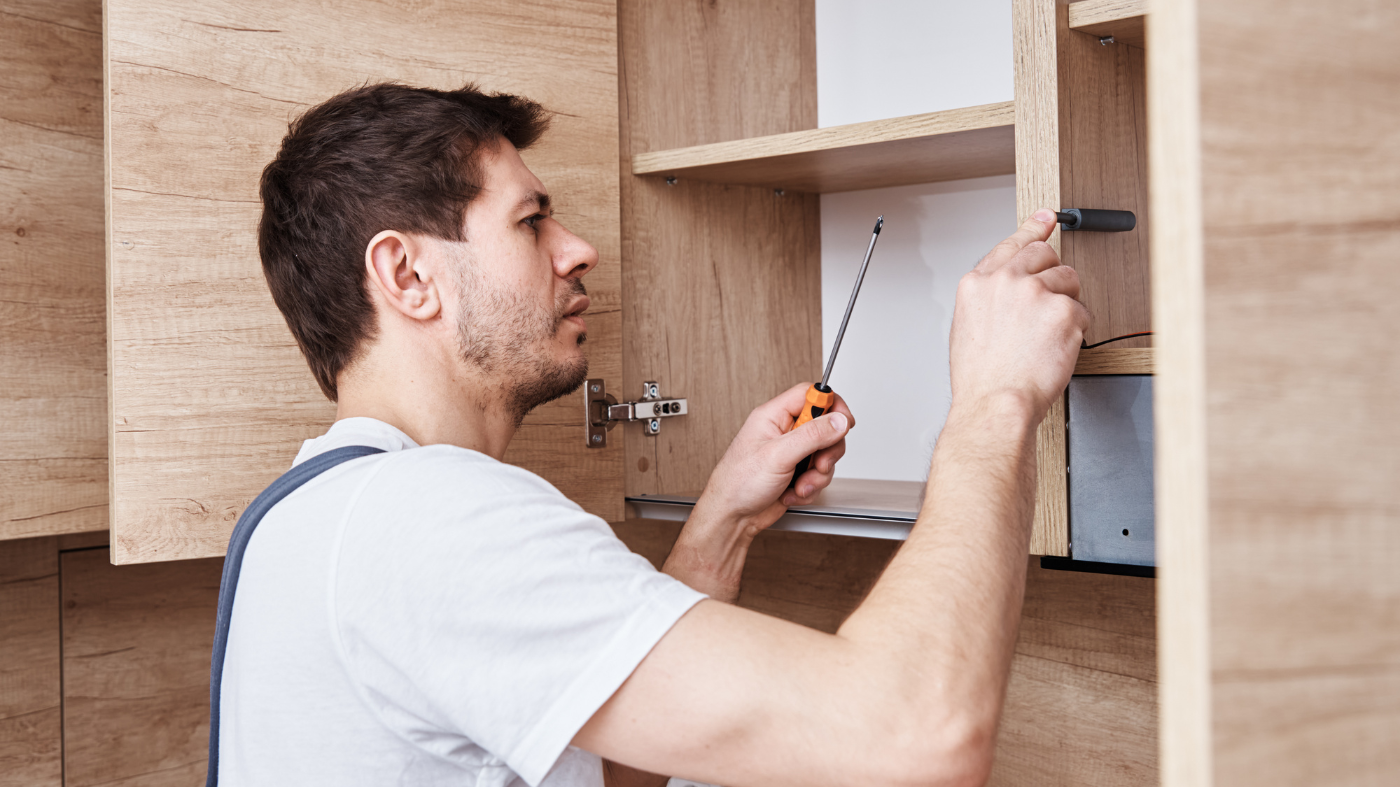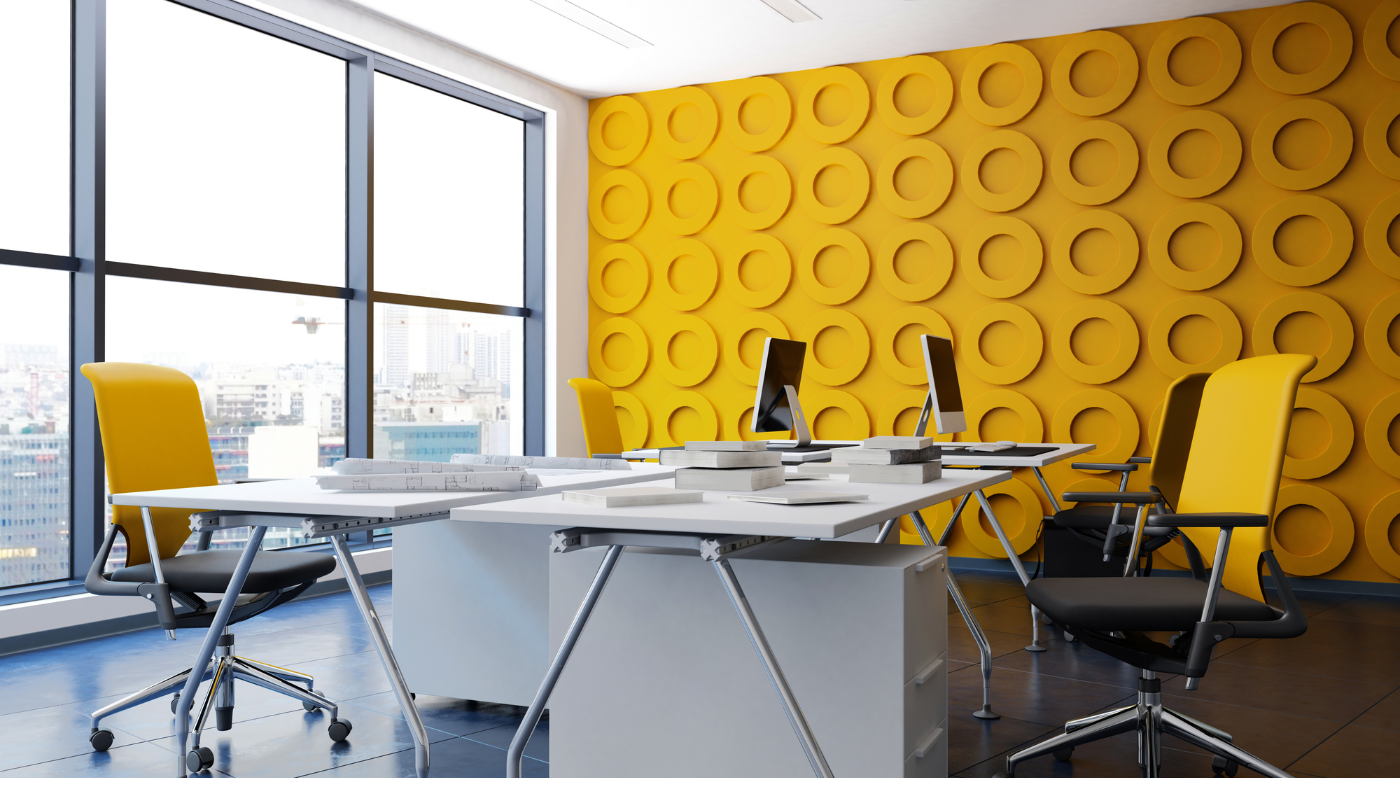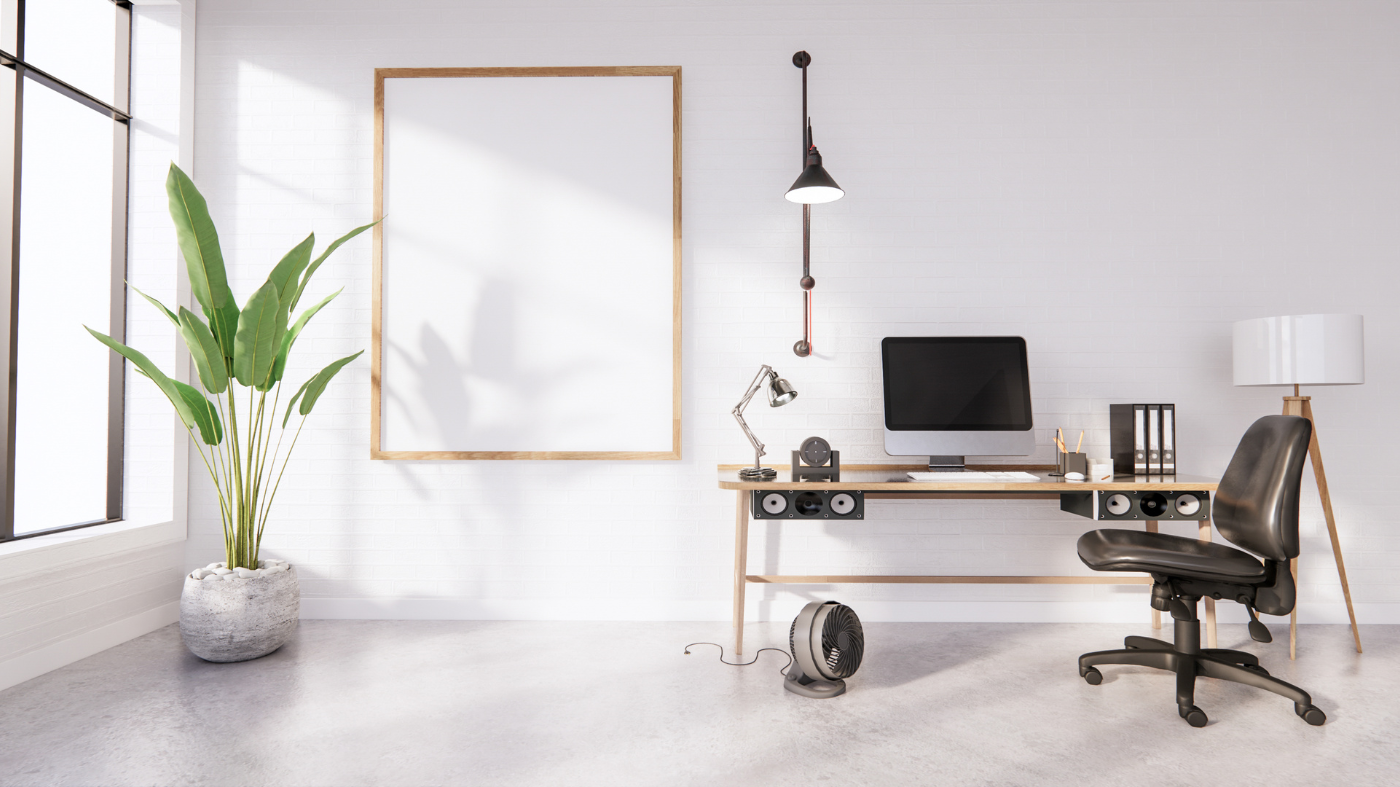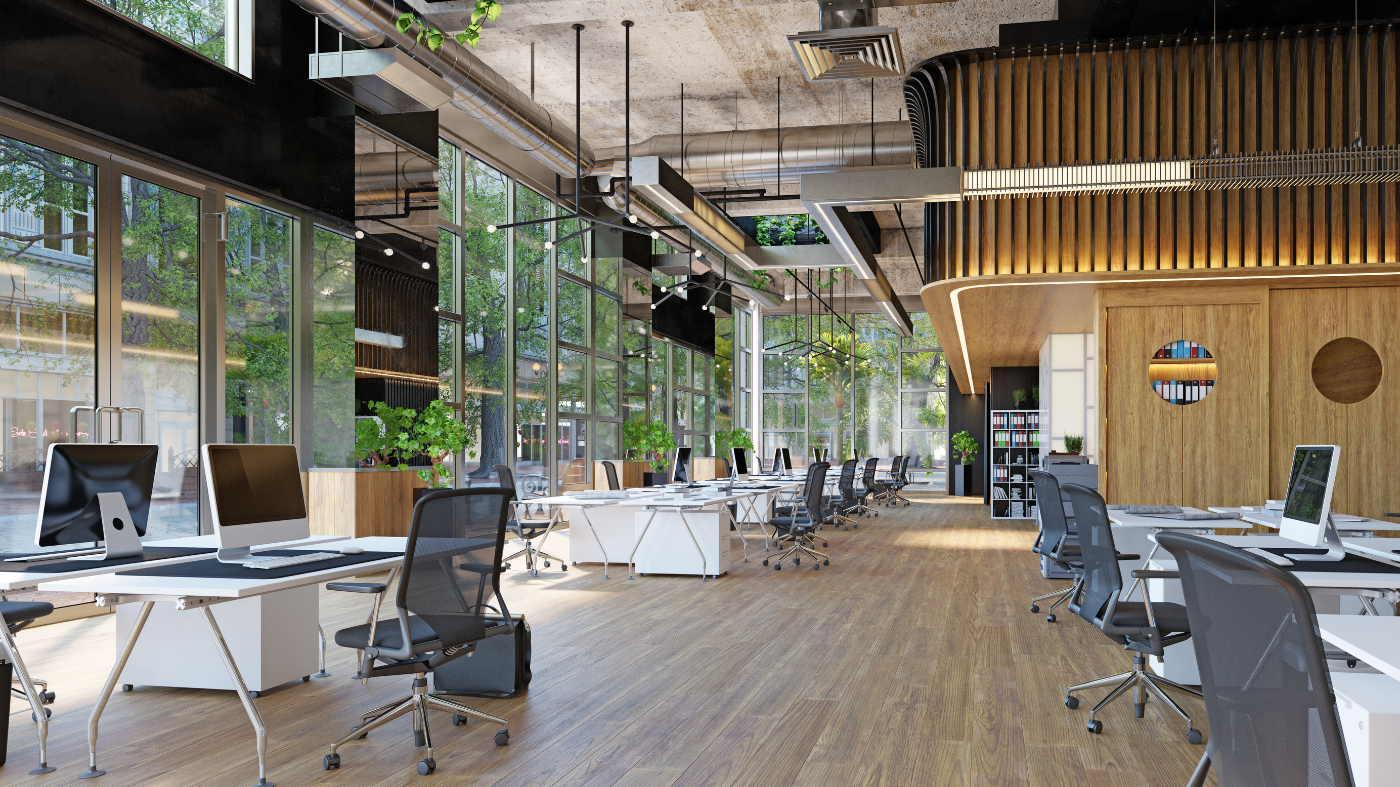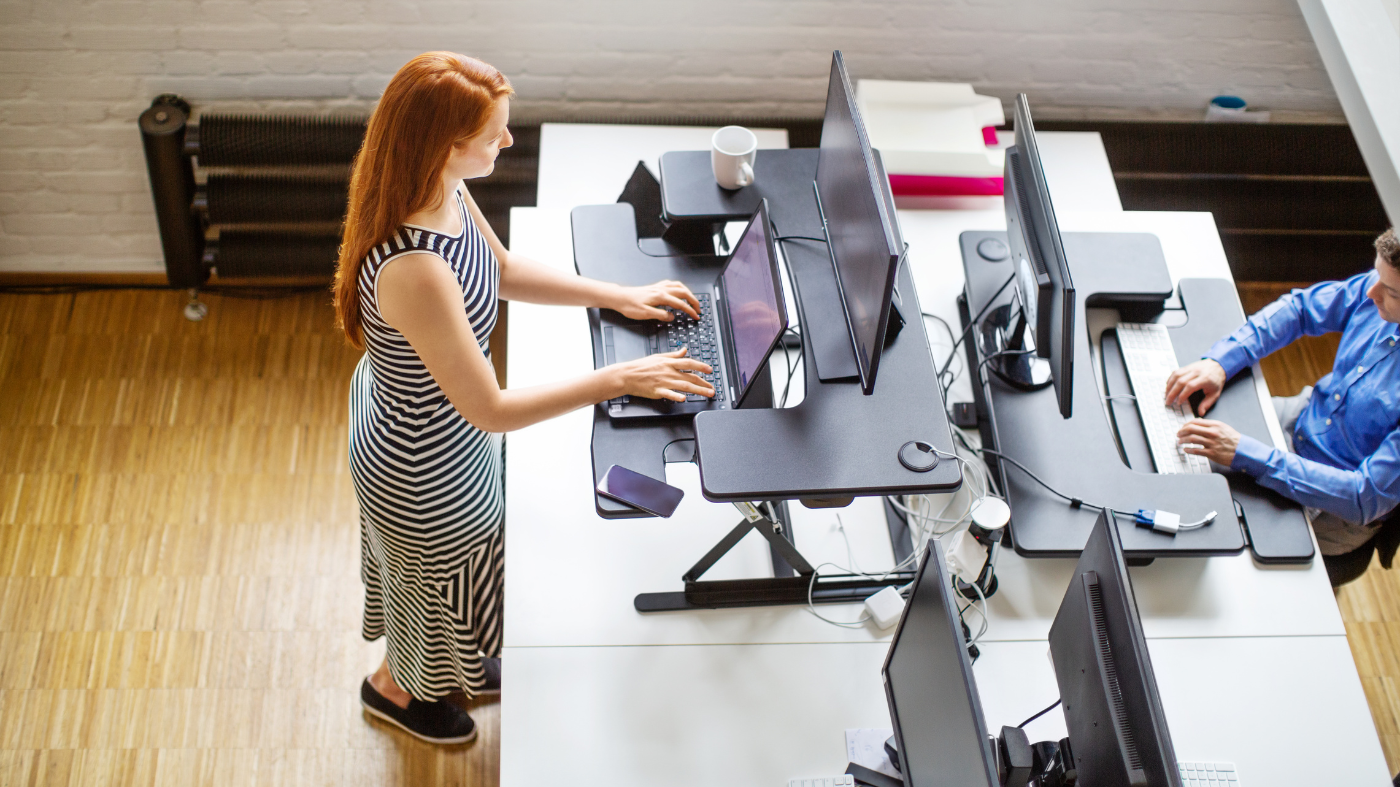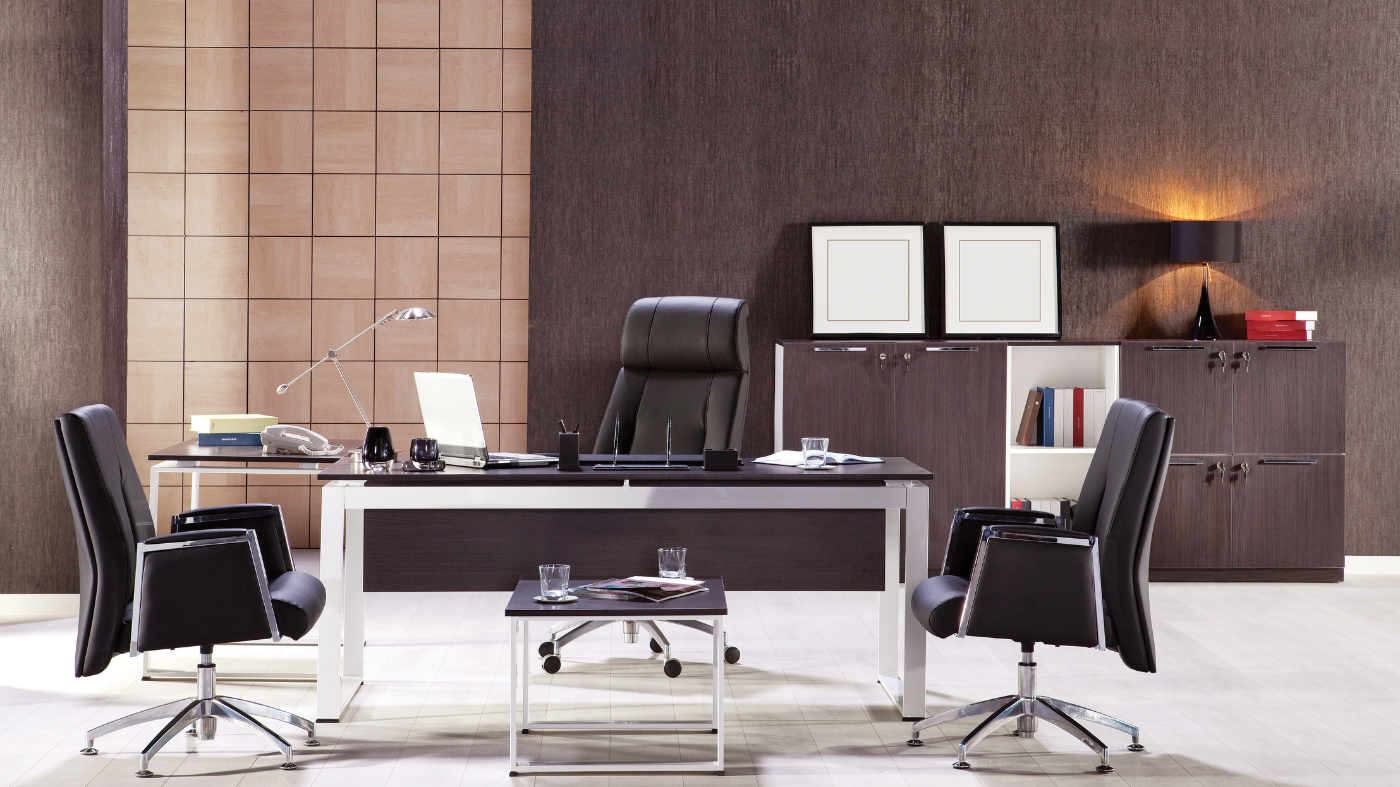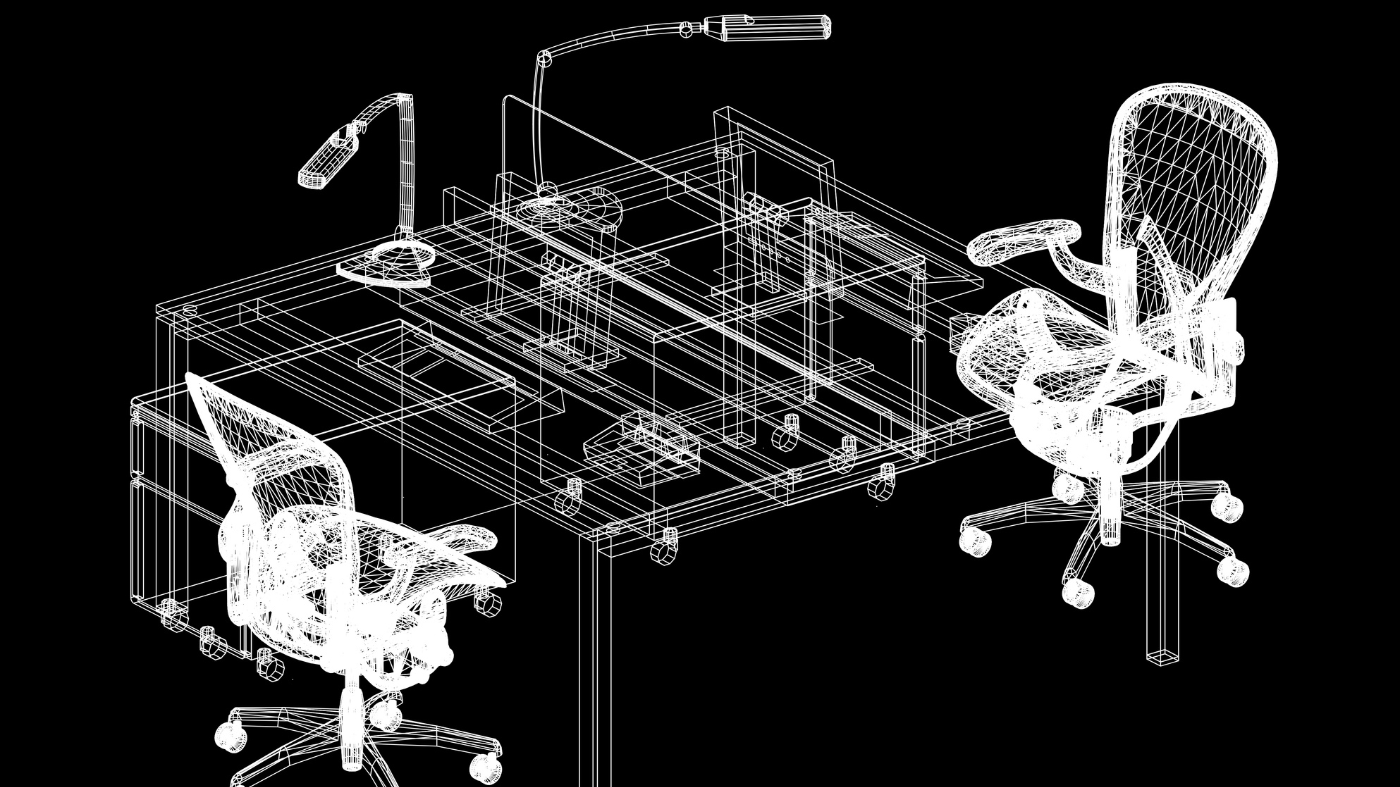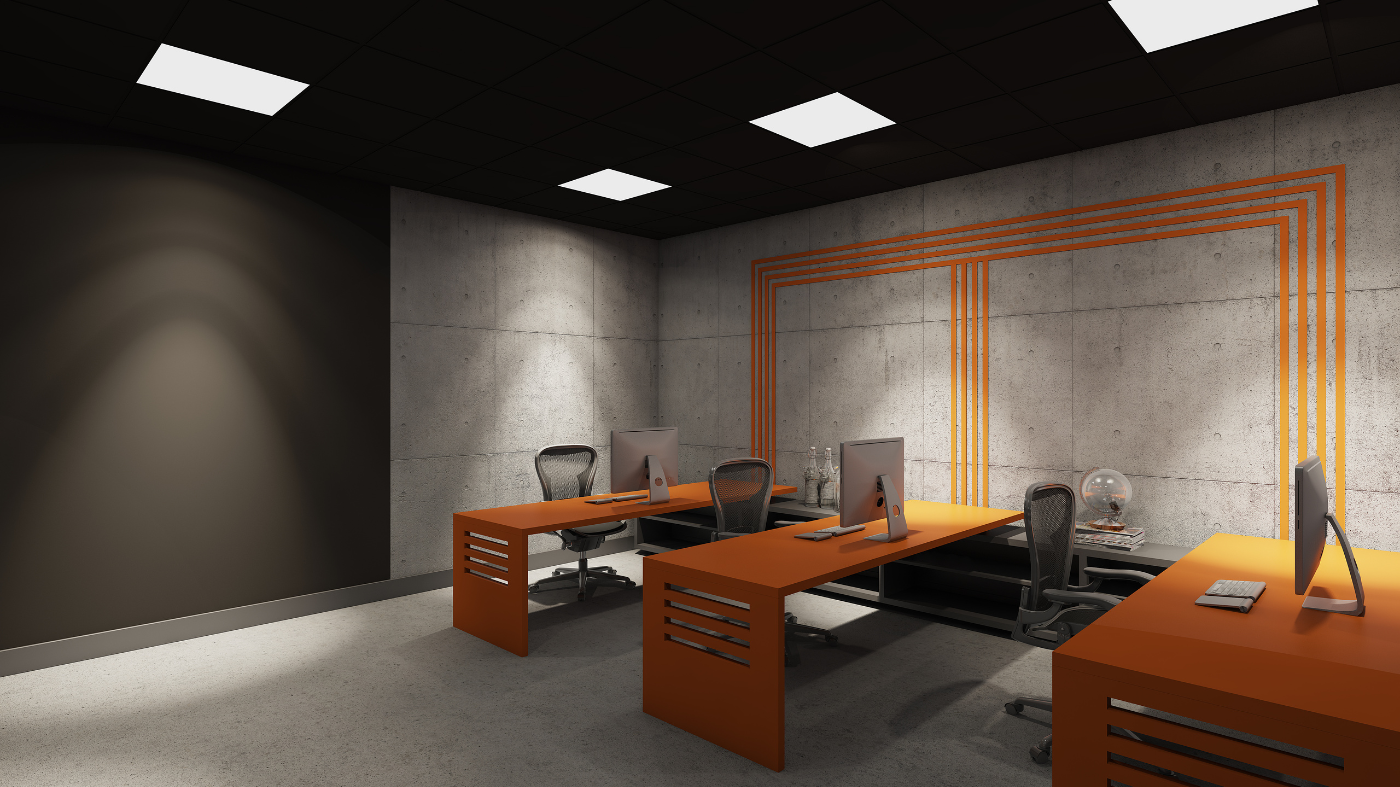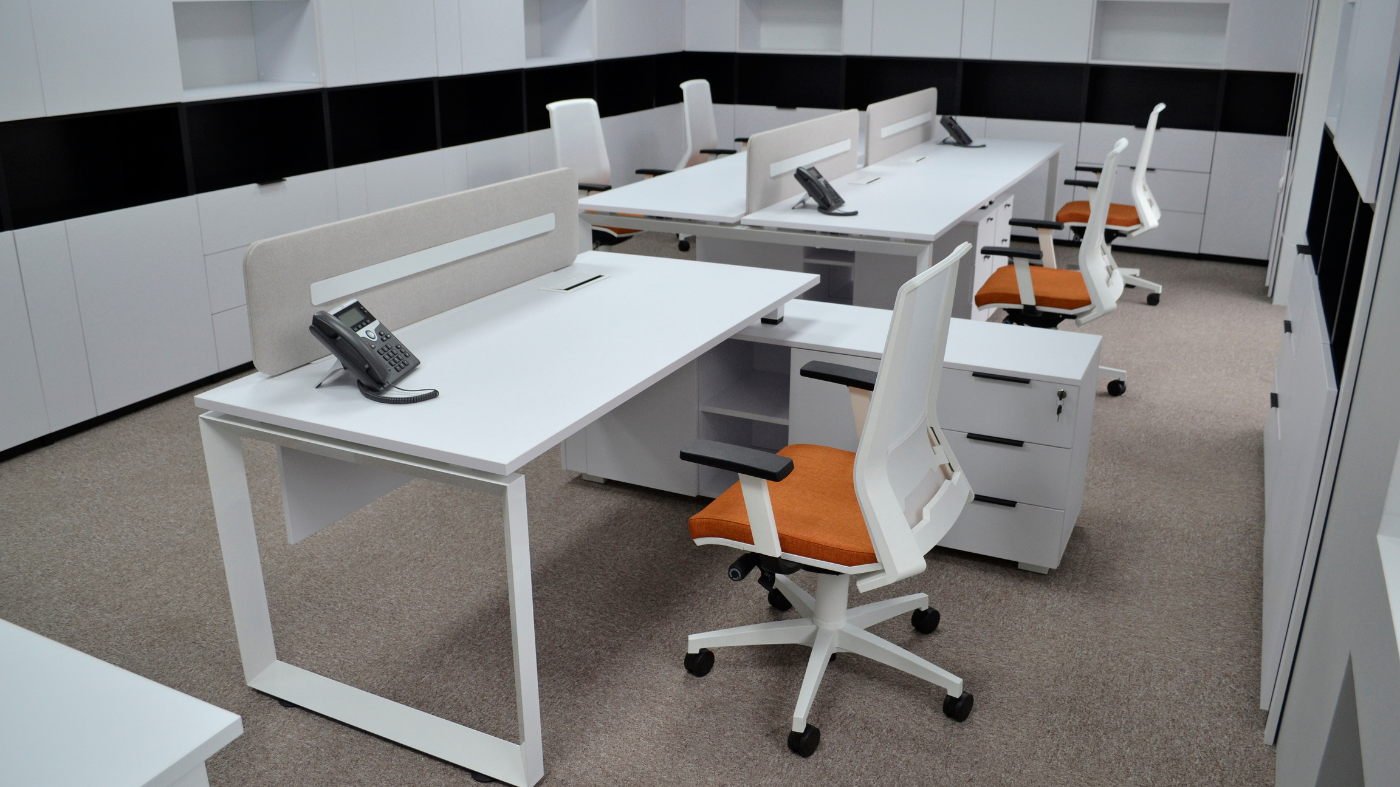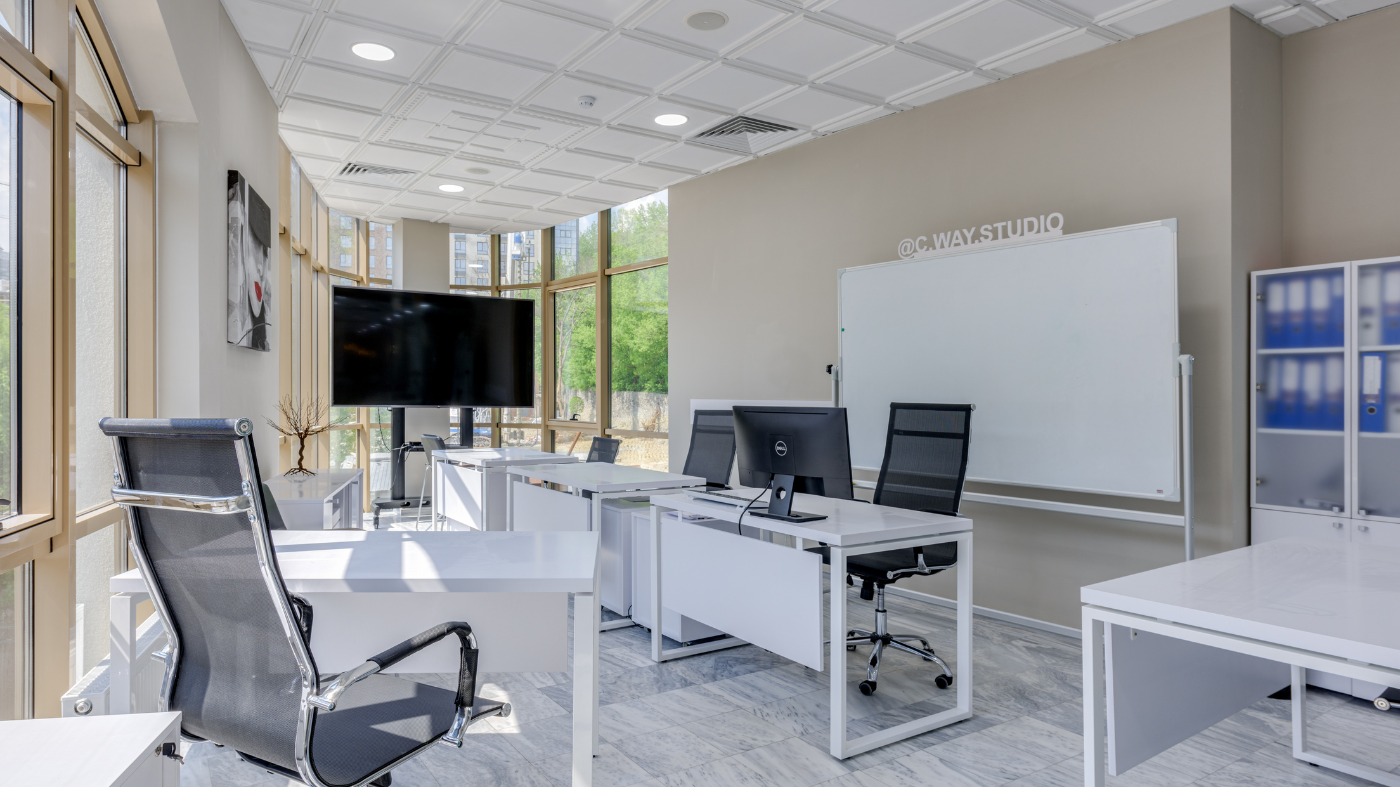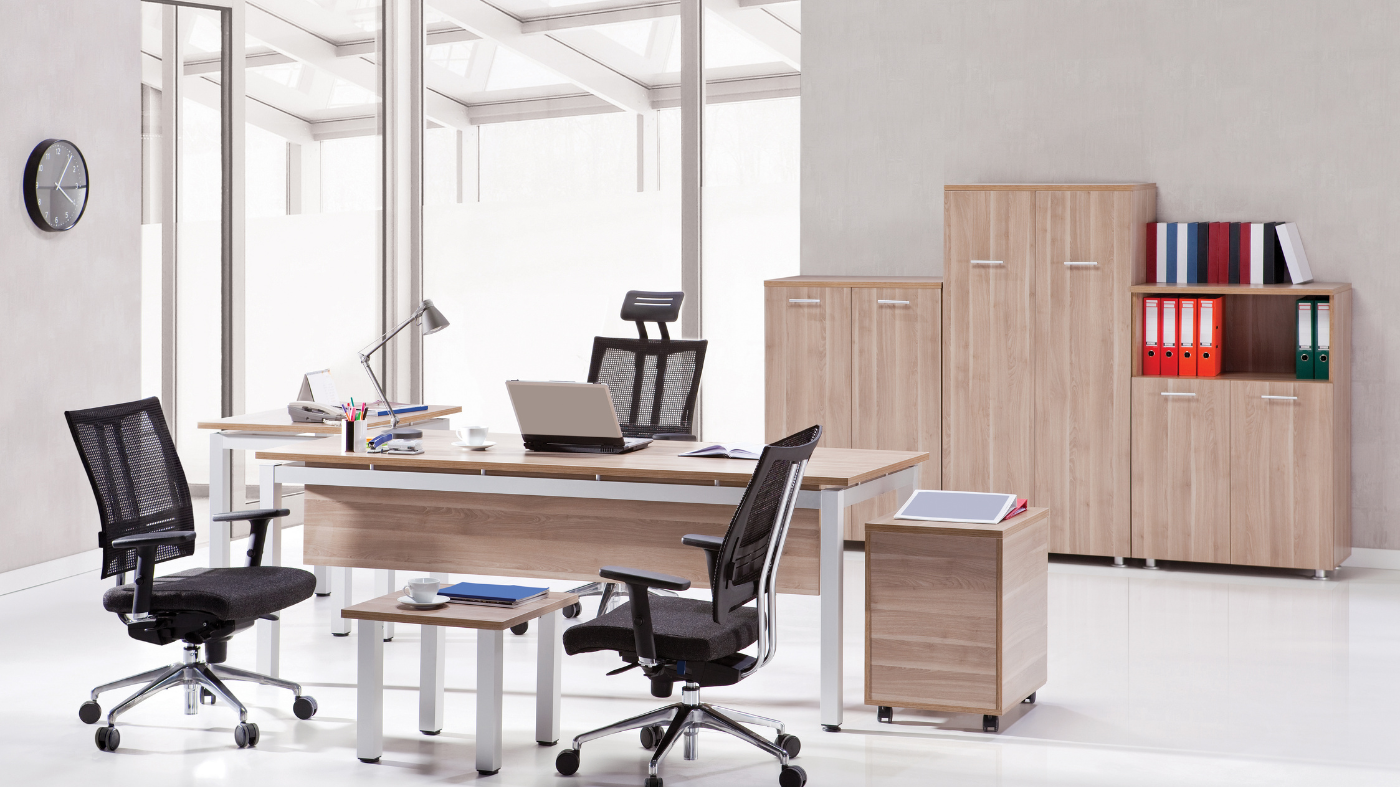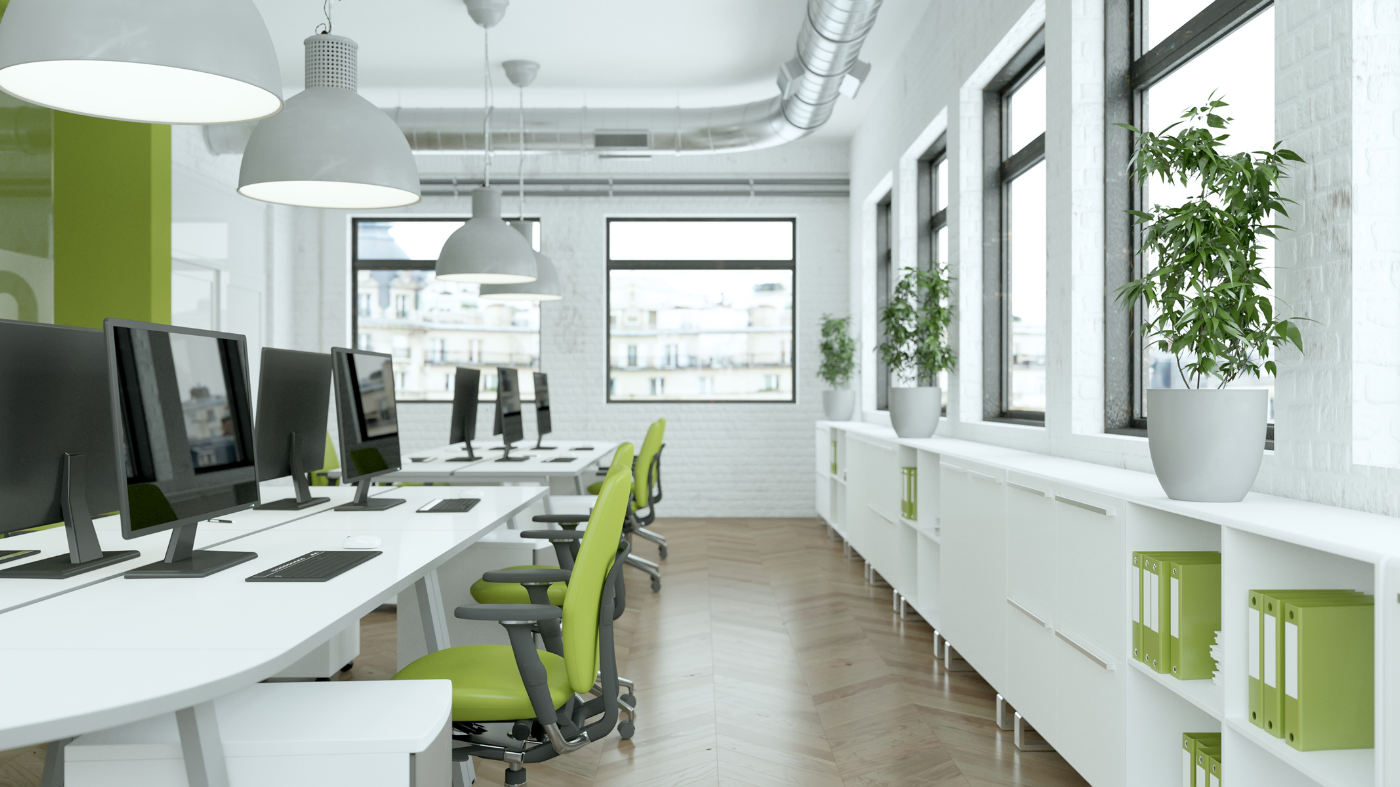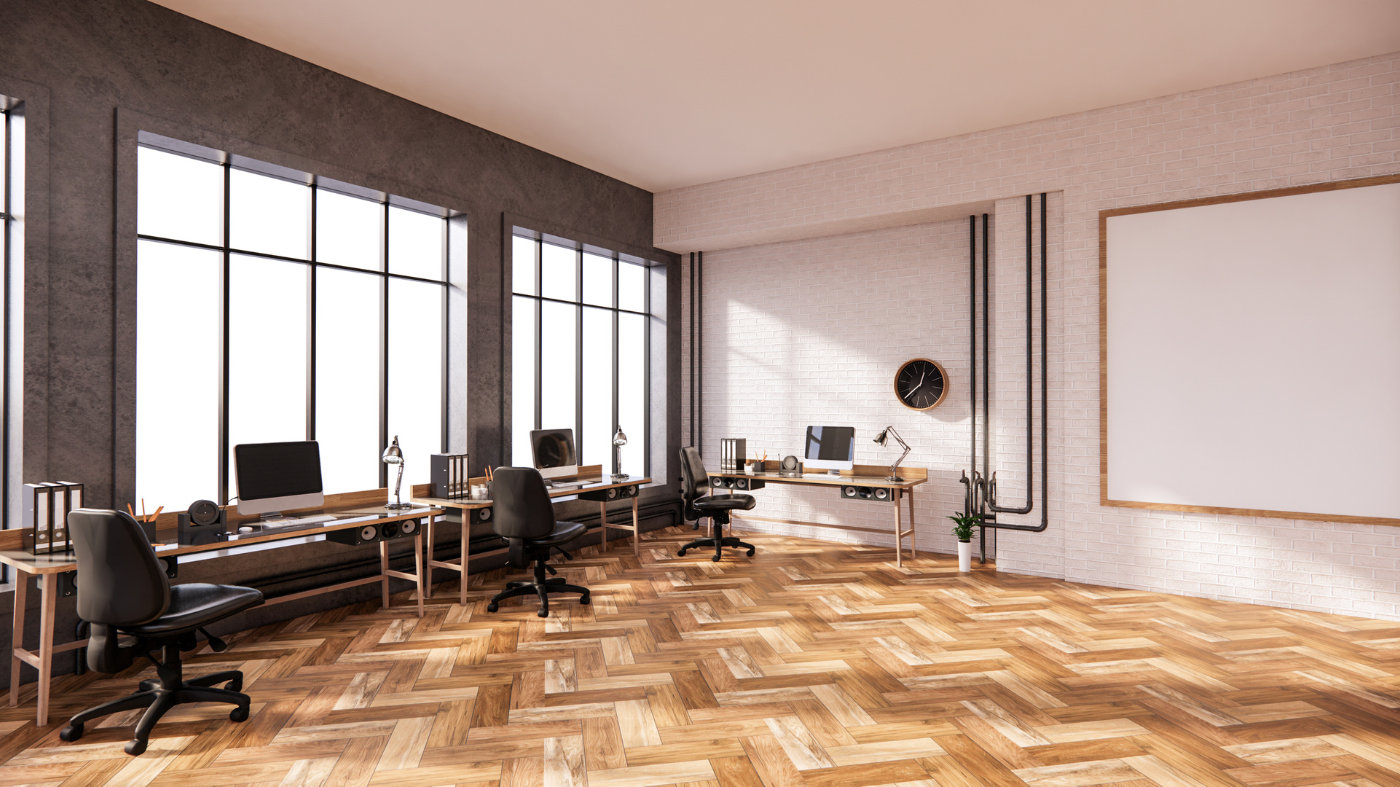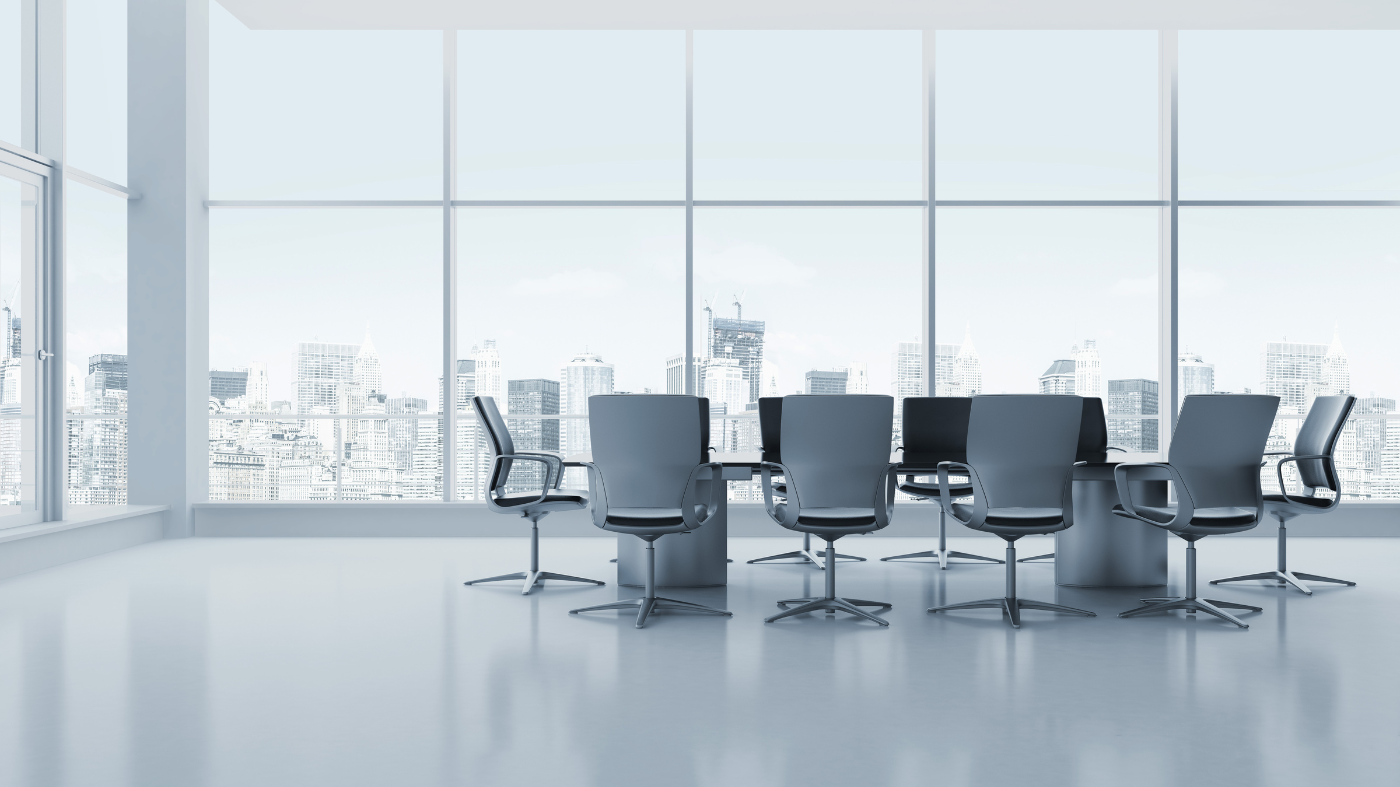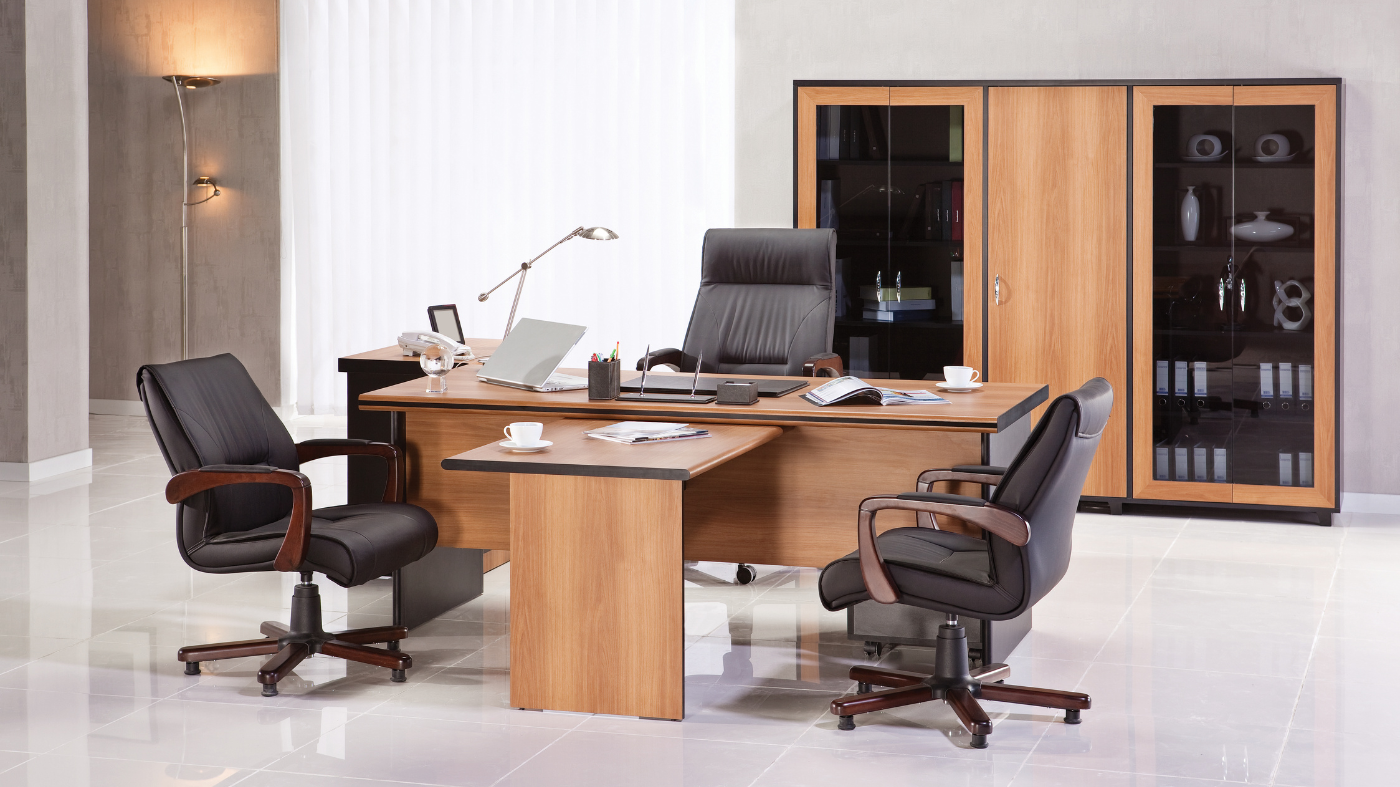After the Second World War, designers and architects sought to create ideas that echoed the environment and technology invented at that time. These ideas starkly contrasted the hard times and focused on what people needed to raise a family and look forward to a brighter future. In addition, these ideas gave birth to designs that hailed function above aesthetics, settling on clean lines and furniture pieces with unique legs. Today, mid-century aesthetic style is finding its way into commercial space furniture, producing eye-catching designs that make a business environment warm and welcoming.
Here are the best commercial space furniture options that you can use for your office.
1. Teak Wood
Teak is a close-grained hardwood from South Asia. The original color is gold with a smooth texture. Because it’s high in natural oils, it’s naturally water resistant and stays longer than most wood types.
You’ll also find rosewood, another durable hardwood with a rich color array featuring brownish hues and dark veining. It spots attractive wood grain, polishes excellently and can achieve a high sheen.
Alternatively, designers will go for oak wood. It spots most of the features in teak and rosewood: close-grained and can achieve a high sheen.

2. Clean Lines
The all-time furniture icon, the Eames chair, is an excellent depiction of the shapes that rule in mid-century design. Moreover, you’ll find curved and almost round sofas and geometric shapes that promote clean and sleek angles.
For shelving, modular wall units and shelving systems work great at imitating how mid-century folks created shelving.
These shapes are ideal for providing snug comfort in an office and forgoing the stiff furniture that makes office spaces feel cold, corporate, and impersonal.
3. Peg Legs
Peg legs in the mid-century era were utterly utilitarian. However, we have to admit they are a great swap to the typical round, square or rectangular legs.
In addition, you can have them on any piece of office furniture –from desks that look like plain wooden boards propped on peg legs to seats with soft round corners and cushions, and waiting room and boardroom tables with crisscrossed peg legs.
Peg legs also make it easier to have functional, fluid and slim furniture pieces that make the office look roomier.
4. Vibrant Colors
The overlapping minimalist theme doesn’t negate the use of loud colors, especially those that dominated the 1950s to earthy colors in the 1960s.
Use bold accent colors such as burnt orange, mustard yellow, teal, olive, rust, pops of fire engine red, etc. You can also match two colors: brass and blue, pink and teal, and green and beige.
Because these colors stick out, you can tone them down with timeless neutrals such as pale pink, gray, and soft browns.
Moreover, the other way to make these colors work is to choose how to use them in different places. The reception area could do with a colorful display of seats toned down by the table or reception desk.
For tiny office spaces, a roll-top secretary desk can work as a shelf, and you can skirt the seat to warm up the reception area.
5. Organic Influences
The heart of organic influences is staying connected to nature. It emphasizes the use of fluid lines and natural materials. Mid-century people highly esteemed nature and brought nuances of it into their homes through plants, natural materials, and light.
Except for having furniture largely made of hardwood, the use of other natural materials such as jute, stone, bamboo, clay, and linen provides an earthy feel. Hence, you’d do well to stick to simple silhouettes and pared-down furnishings. Next, introduce organic shapes with soft curved lines to invoke more interest.
To let in lots of light, go for window types that help you mimic this style in your commercial space. The first is floor-to-ceiling windows. These interrupt a series of walls to immerse a room with light.
Also, you can choose sliding windows. These only have frames on the four sides of the window, leaving the middle glass uninterrupted for a maximum flow of light.
Lastly, is the picture window. Picture windows don’t offer much in aeration since you can’t open them, but they let in large amounts of light, especially if situated at a location with a great view outside.
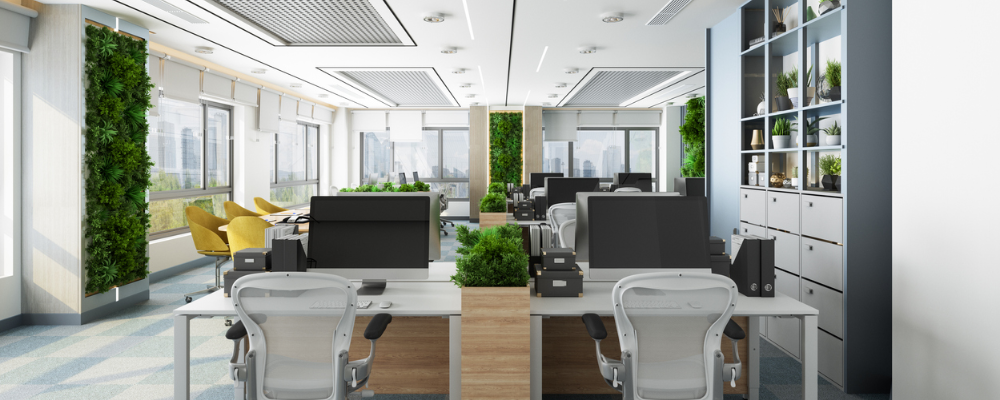
6. Layering with Accessories
Because simple largely wooden furnishings accessorizing is vital for livening up the place and making it look lived in.
Small throw pillows in some sections -waiting bays and reception -next to a wall with abstract art, or crystals and stones.
Also, you can go for a large sculptural piece standing over a cluster of smaller items. It’s sure to invoke lots of interest.
The rule of thumb is to always have fewer, slimmer furniture so that the room looks spacious and airy and the accessories become hard-to-miss drawcards.
7. Open Shelving
There are two options here: floating shelves or standing shelves with peg legs. Whichever you choose, the idea is to create dynamism, variety, and visual breaks.
If you’d rather have floating shelves, floating trapezoids with multi-tiered units attached to the wall beautify the plainest walls. It’s even better if they come in a teak or oak finish.
Remember to create interest with how you arrange books. The best way is to alternate between stacked and lined, large and small, or filled and sparse. These variations draw the eye but also give them a break as they move through the shelves.
More importantly, you keep the shelve from looking heavy and uninteresting to a beautifully designed convenience for organizing your business space.
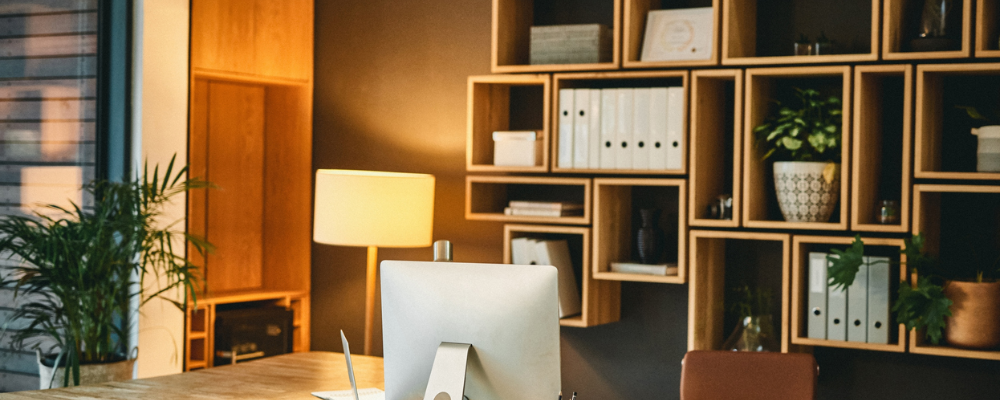
Final Thoughts
Choosing pieces with a low profile is safest when looking for mid-century commercial space furniture. Tapered legs and lower backs are a good place to start.
Also, look for curves but with clean lines. Lighting fixtures like lamps or other metal finds tied to the period will help you tie the decor together.
Worried that you’ll never get it right? Acacia Originals can help you incorporate the mid-century allure into your commercial space to make it stand out. We are custom millwork and furniture experts, with years of experience and a long list of happy clients. Contact us to get the design want.

